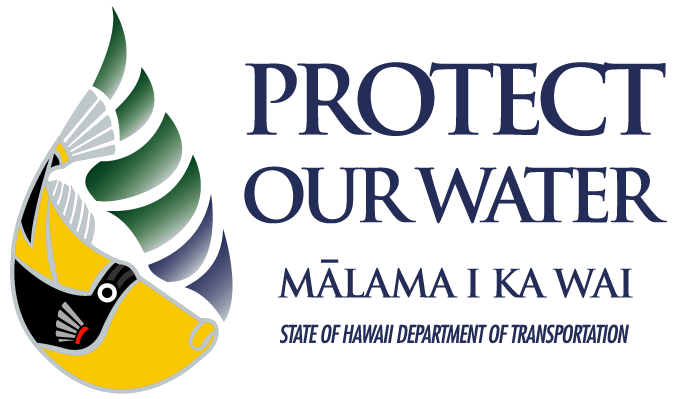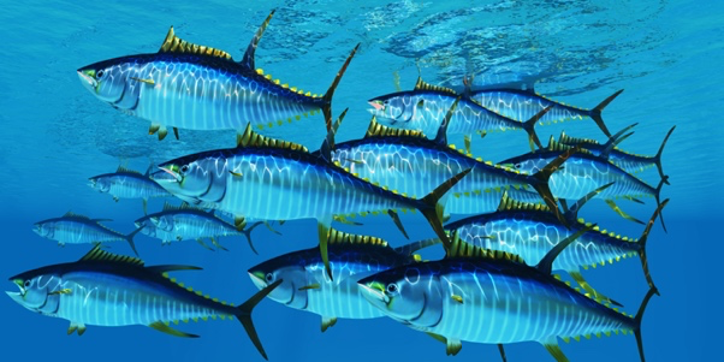When it comes to fish, it’s easy to see why tuna is a favorite. It’s versatile, healthy, and an accessible source of protein and nutrients. Because tuna is such a popular food and key to a healthy marine ecosystem, we celebrate World Tuna Day every year on May 2 to recognize tuna’s importance in both our diet and the environment. Unfortunately, like many other animals, the tuna faces numerous challenges including polluted waters and overfishing. This World Tuna Day aim to learn more about this amazing fish and how to ensure its population continues to flourish for many years to come.
According to the International Union for Conservation of Nature (IUCN), 6 out of 8 tuna species are considered to be at risk of extinction, with the Atlantic bluefin tuna being the most critically endangered. Tuna is a crucial player in maintaining the balance of our marine ecosystem. Through their activity in the water, they mix water layers, store carbon, cycle nutrients, and help regulate the ocean’s temperature and chemistry. They are also top predators that feed on smaller fish, squid, and crustaceans, which helps control the populations of these smaller species.
As the demand for tuna continues to increase, the pressure to them increases as well. Many fishing fleets use unsustainable fishing practices such as using large nets resulting in thousands of pounds of accidental bycatch. While bycatch, by law, is required to be returned to sea, most of these animals do not survive due to injuries sustained during capture. The overfishing of tuna affects not only one population of fish, but countless species within the ecosystem.
Storm water also has a direct impact on our marine environments and their inhabitants, including tuna, as our storm drains lead directly into the ocean. One of Hawaii’s major storm water pollutants is sediment and yard waste that often contain nutrients. Over time, these nutrients deplete oxygen in the water that fish need to survive. They also promote the growth of algae, which absorbs toxins that eventually get eaten by fish. By ensuring our storm drains are clear of trash, sediment, yard waste, pesticides and more, we can help to keep our fish populations healthy and thriving.
Sources:
UN – World Tuna Day
IUCN – Increased protection urgently needed for tunas
WWF – Resilient Tuna Populations for Human Benefit and Ocean Health
NOAA – Understanding Bycatch
Storm Water Hawaii – 7 Major Storm Water Pollutants
The 71 Percent – How Are Fish Affected by Pollution?


